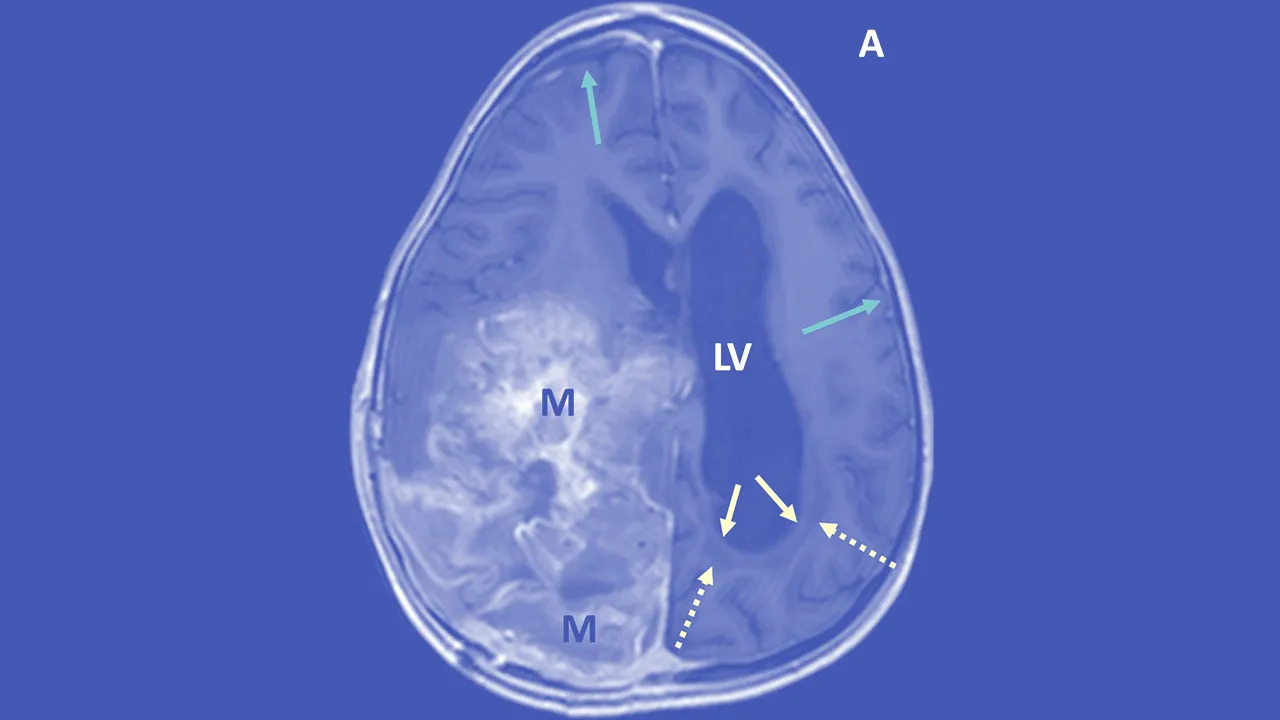
Huntington’s Disease: Symptoms, Causes, and Treatment
Introduction: Huntington’s disease (HD) is a rare, inherited neurodegenerative disorder that affects the brain and causes progressive deterioration of cognitive, motor, and psychiatric functions. It is named after George Huntington, who first described the disease in 1872. Cause of Huntington’s Disease: HD is caused by a mutation in the huntingtin (HTT) gene, which produces a […]
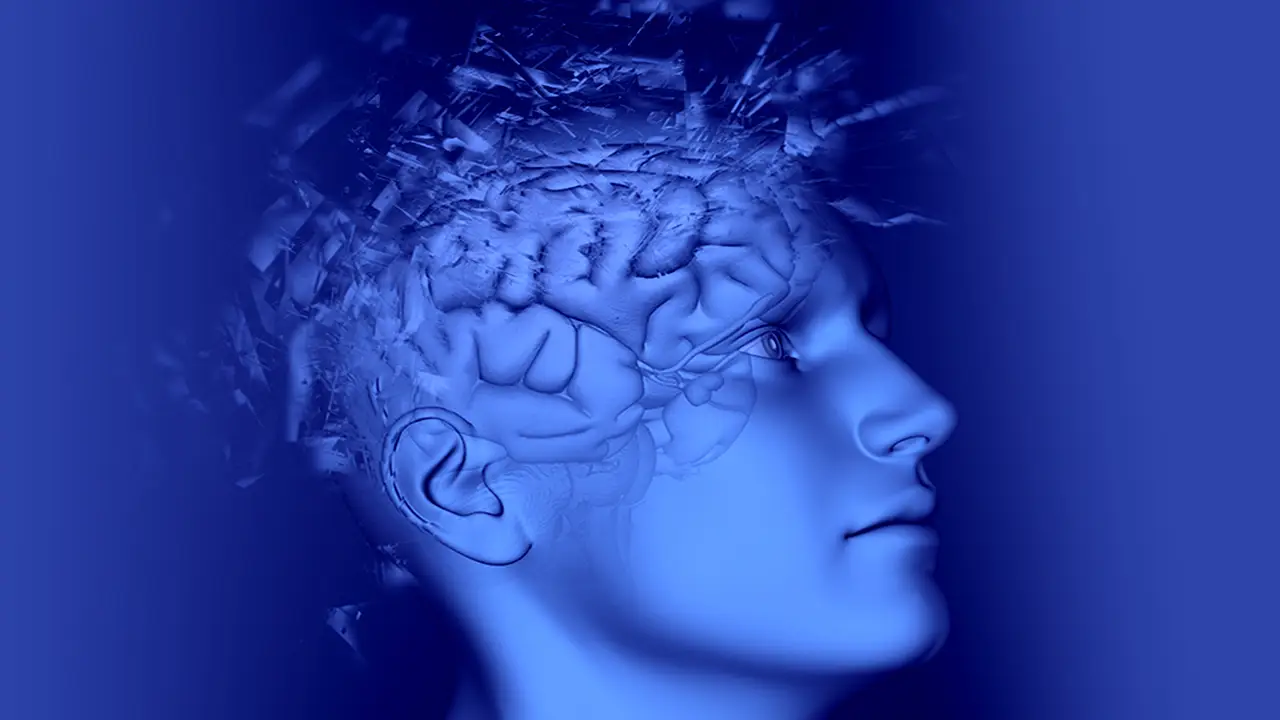
Wallenberg Syndrome: Causes, Symptoms, and Treatment
Wallenberg syndrome, also known as lateral medullary syndrome or posterior inferior cerebellar artery (PICA) syndrome, is a rare neurological disorder that affects the brainstem caused by a blockage or damage to the PICA caused by a blood clot or a tumor in the brainstem, which supplies blood to the brainstem, and can result in a […]
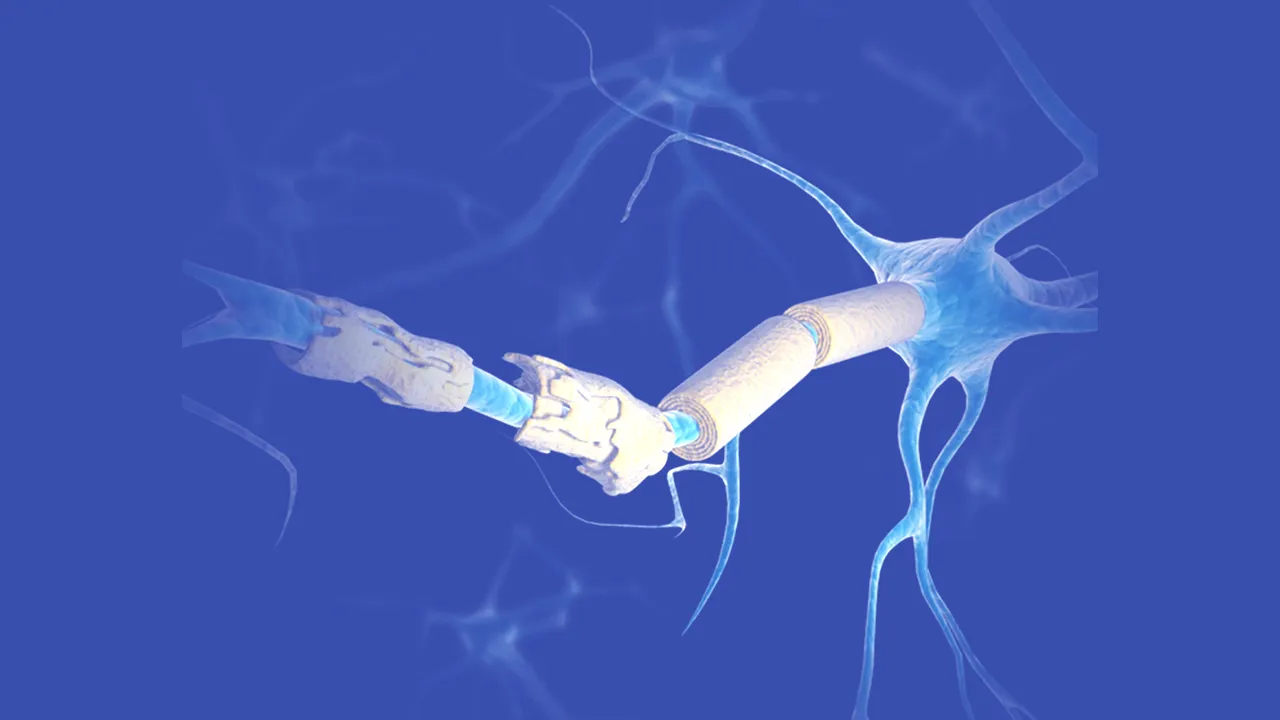
Transverse Myelitis: Causes, Symptoms, and Treatment Options
Introduction: Transverse Myelitis is a rare neurological condition that affects the spinal cord. It is characterized by inflammation of the spinal cord, which can cause damage to the myelin sheath that surrounds and protects the nerve fibers. This damage can disrupt the normal functioning of the spinal cord, leading to a range of symptoms. Transverse […]
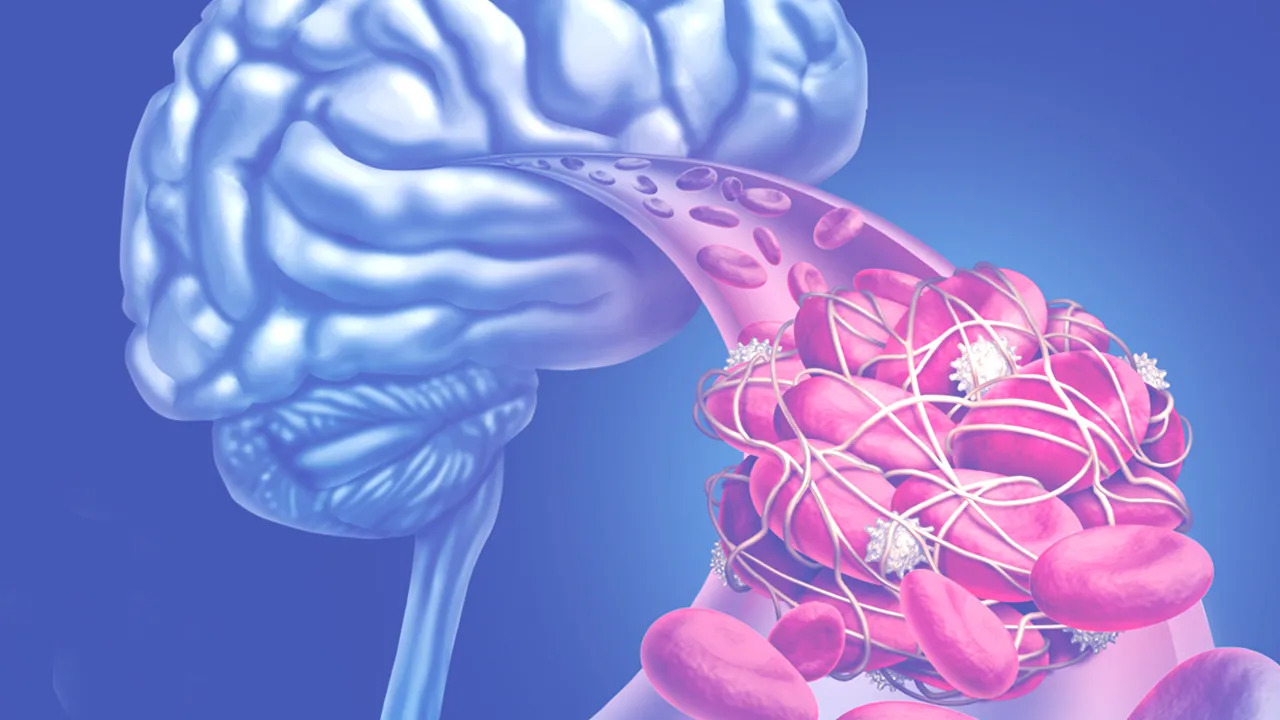
Transient Ischemic Attacks (TIAs): The Warning Signs of Impending Stroke
Introduction: Transient ischemic attacks (TIAs) are often referred to as mini strokes. They are temporary episodes of neurological dysfunction caused by a temporary disruption of blood flow to the brain. TIAs are often a warning sign of an impending stroke and should be taken seriously. Causes of Transient Ischemic Attacks (TIAs): TIAs are caused by […]

Tension-Type Headaches: Causes, Symptoms, and Treatment Options
Introduction: Tension-type headache (TTH) is the most common type of headache experienced by people worldwide. It is estimated that up to 80% of adults have experienced TTH at some point. TTH is characterized by a dull, aching pain usually felt on both sides of the head. The pain is often described as a tight band […]
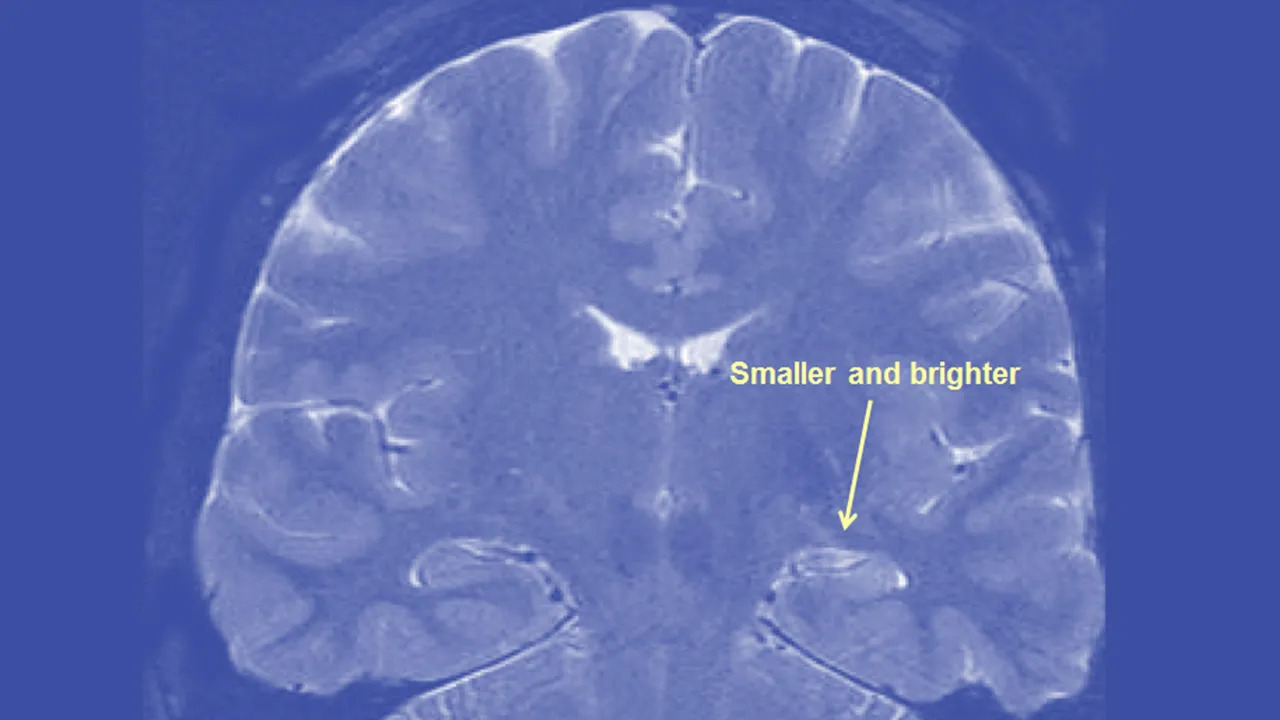
Temporal Lobe Seizures: Causes, Symptoms, Diagnosis, and Treatment SEO Keywords:
Introduction: Temporal lobe seizures, also known as complex partial seizures, are a type of seizure that originates in the temporal lobe of the brain. These seizures can cause various symptoms, including altered consciousness, memory loss, and emotional changes. Causes of Temporal Lobe Seizures: • Brain injury: Traumatic brain injury, stroke, or brain tumors can damage […]

Tay-Sachs Disease: Causes, Symptoms, and Potential Treatments
Introduction: Tay-Sachs disease, also known as Hexosaminidase A deficiency, is a rare genetic disorder that affects the nervous system. It is caused by a deficiency in the enzyme Hexosaminidase A, which breaks down a fatty substance called GM2 ganglioside. Without this enzyme, GM2 ganglioside accumulates in the brain and spinal cord, leading to progressive damage […]
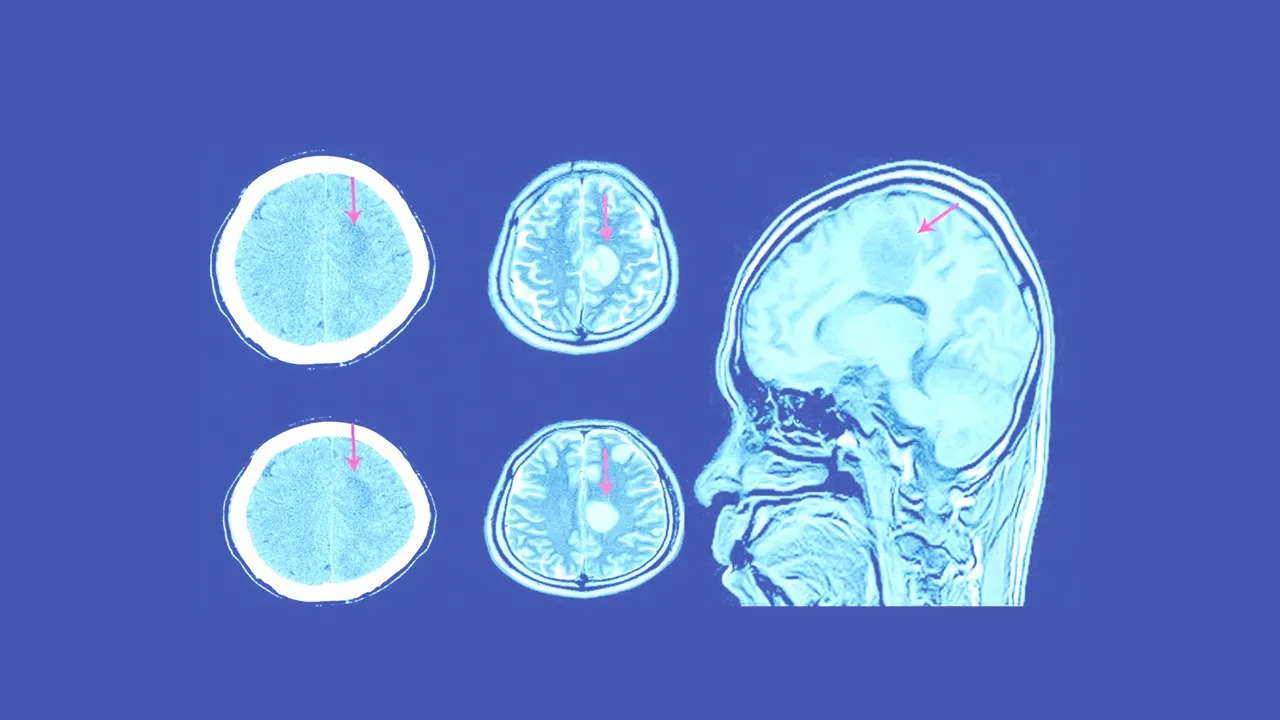
Subdural Hematoma: Causes, Symptoms, Diagnosis, Treatment, and Prevention
Introduction: Subdural hematoma is a medical condition that occurs when blood accumulates between the brain and the dura mater, which is the brain’s outermost layer. This condition can be life-threatening if not treated promptly. Causes of Subdural Hematoma: Various factors, including head injuries, can cause subdural hematoma, falls, and other types of traumas. In some […]
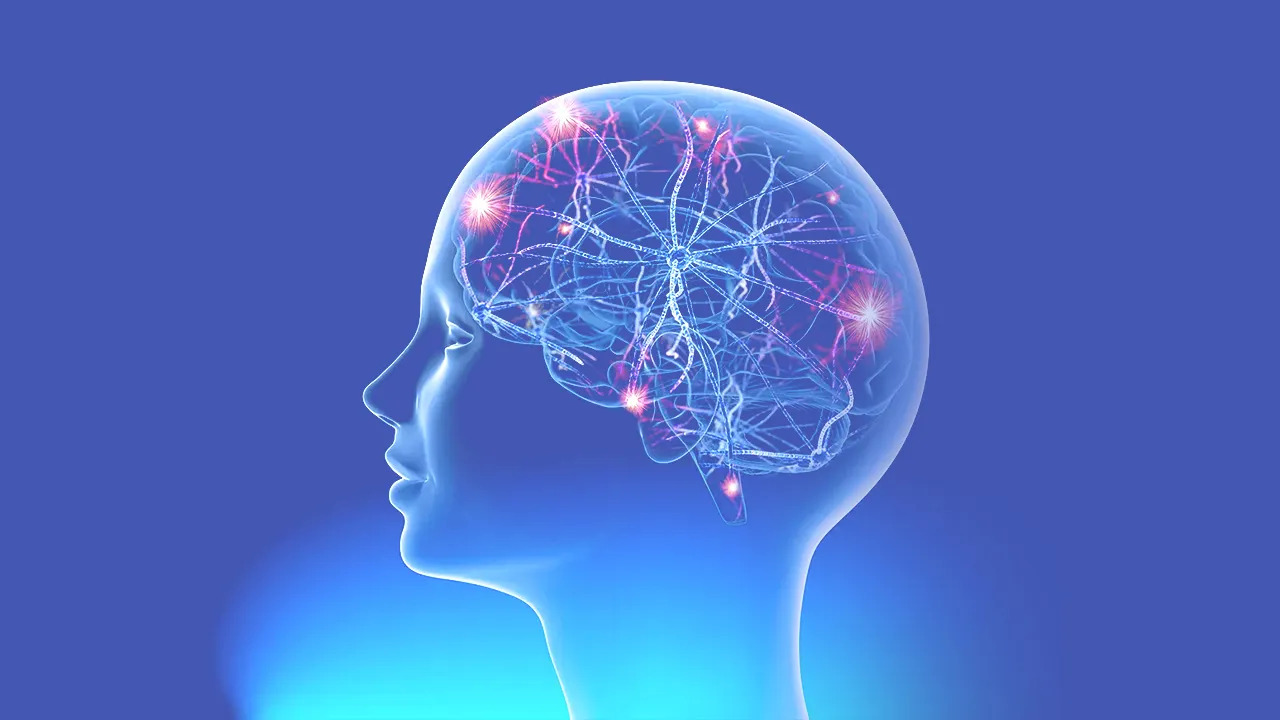
Status Epilepticus: Causes, Symptoms, Diagnosis, Treatment, and Prevention
Introduction: Status epilepticus (SE) is a medical emergency characterized by prolonged or repeated seizures that occur without full recovery of consciousness between seizures. It is a life-threatening condition that requires immediate medical attention. SE can occur in people of all ages but is more common in children and older adults. Causes of Status Epilepticus: SE […]
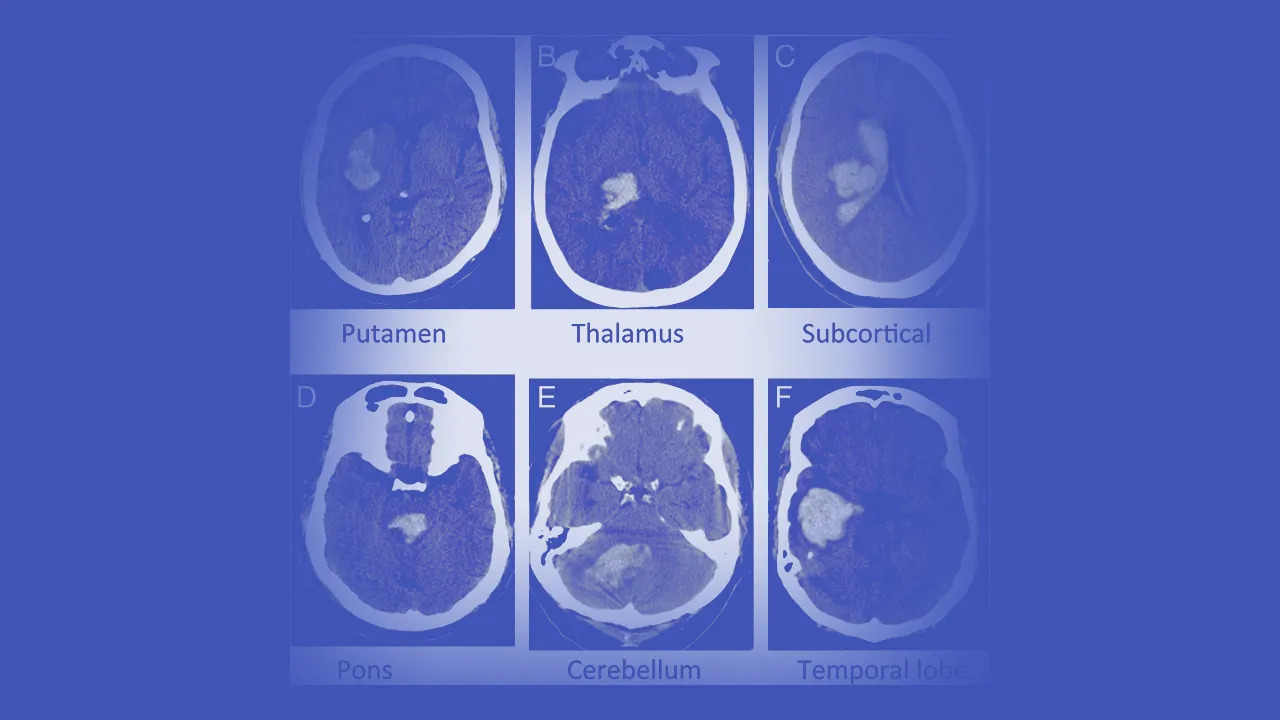
Spontaneous Intracranial Hemorrhage (ICH): Causes, Symptoms, Diagnosis, and Treatment
Introduction: Spontaneous intracranial hemorrhage (ICH) is a medical emergency when bleeding occurs within the brain tissue or surrounding membranes. It is a serious condition that can lead to disability or death if not treated promptly. Causes of Spontaneous Intracranial Hemorrhage (ICH): Spontaneous intracranial hemorrhage can occur due to various reasons. The most common causes are […]
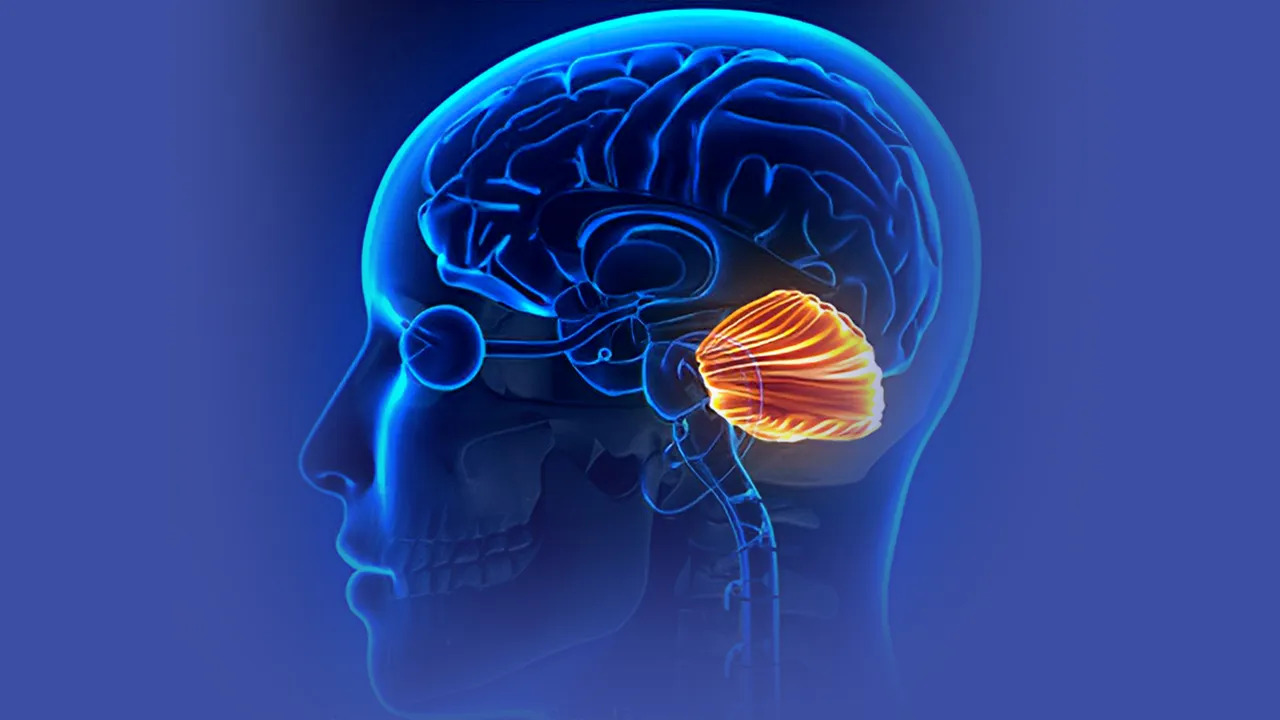
Spinocerebellar Ataxia (SCA): Causes, Symptoms, Diagnosis, and Treatment
Introduction: Spinocerebellar ataxia (SCA) is a group of genetic disorders that affect the cerebellum and its connections to the spinal cord. The cerebellum is the part of the brain that controls movement and coordination. SCA is characterized by progressive loss of coordination and balance, leading to difficulty with walking, speaking, and performing daily activities. There […]

Sleep Apnea: Causes, Symptoms, and Treatments
Introduction: Sleep apnea is a common yet serious sleep disorder affecting millions worldwide. It occurs when a person’s breathing is interrupted during sleep, leading to recurring periods of shallow or paused breathing. Definition of Sleep Apnea: Sleep apnea is a sleep disorder characterized by abnormal pauses or shallow breathing during sleep. Types of Sleep Apnea: […]
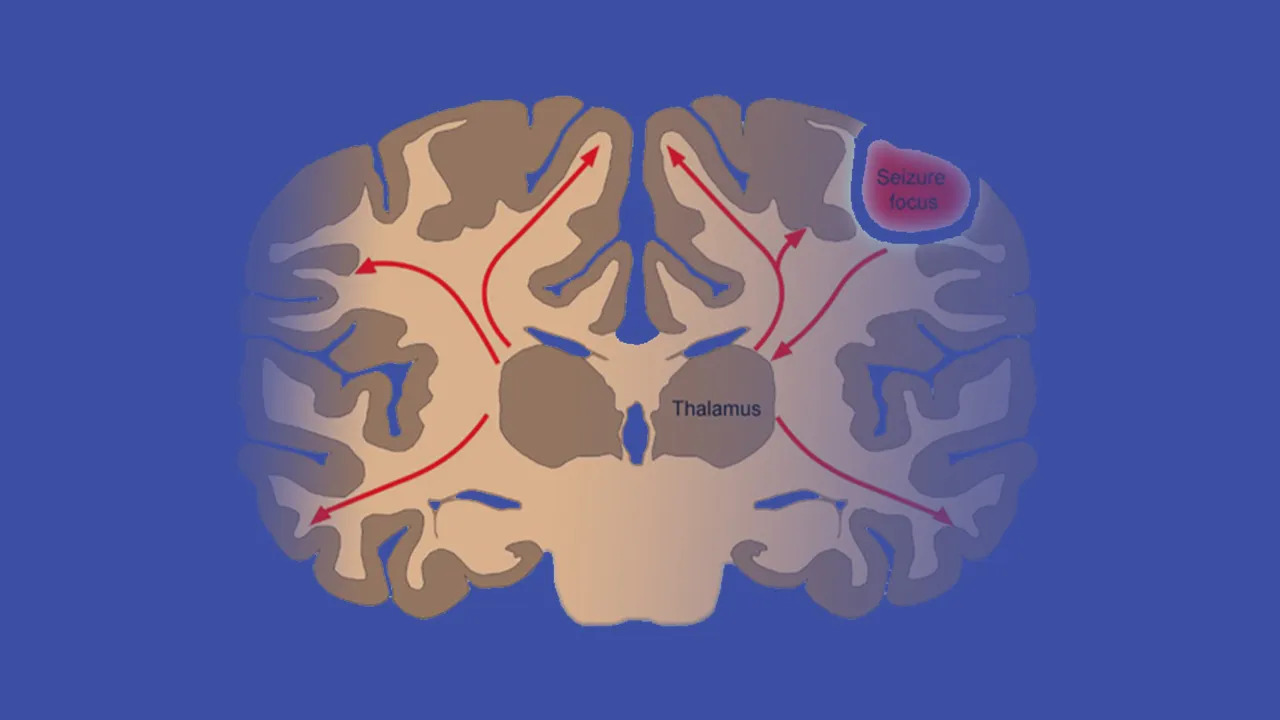
Secondarily Generalized Partial Seizures (SGPS): Symptoms, Causes, Treatment, and Prevention
Introduction: Secondarily generalized partial seizures (SGPS) is a type of partial seizure that begins in a specific area of the brain and then spreads to involve the entire brain. They are also known as focal to bilateral tonic-clonic seizures. SGPS is the most common type of partial seizure that progresses to a generalized seizure. Symptoms […]
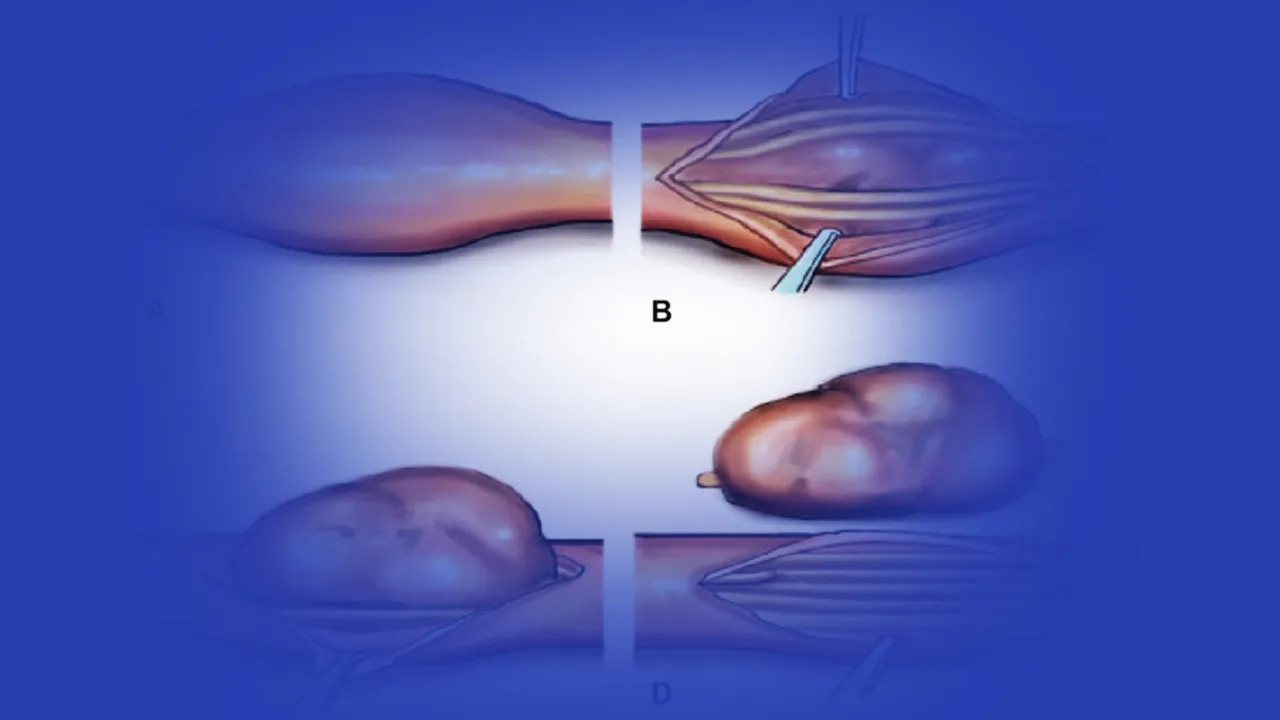
Schwannoma: Symptoms, Causes, Treatment, and Prognosis
Introduction: A schwannoma is a type of tumor originating from Schwann cells responsible for producing the protective covering (myelin sheath) around nerve fibers. These tumors are usually benign (noncancerous) and primarily found in the peripheral nerves, such as those in the head, neck, or limbs. Schwannomas can occur sporadically without any specific cause or can […]
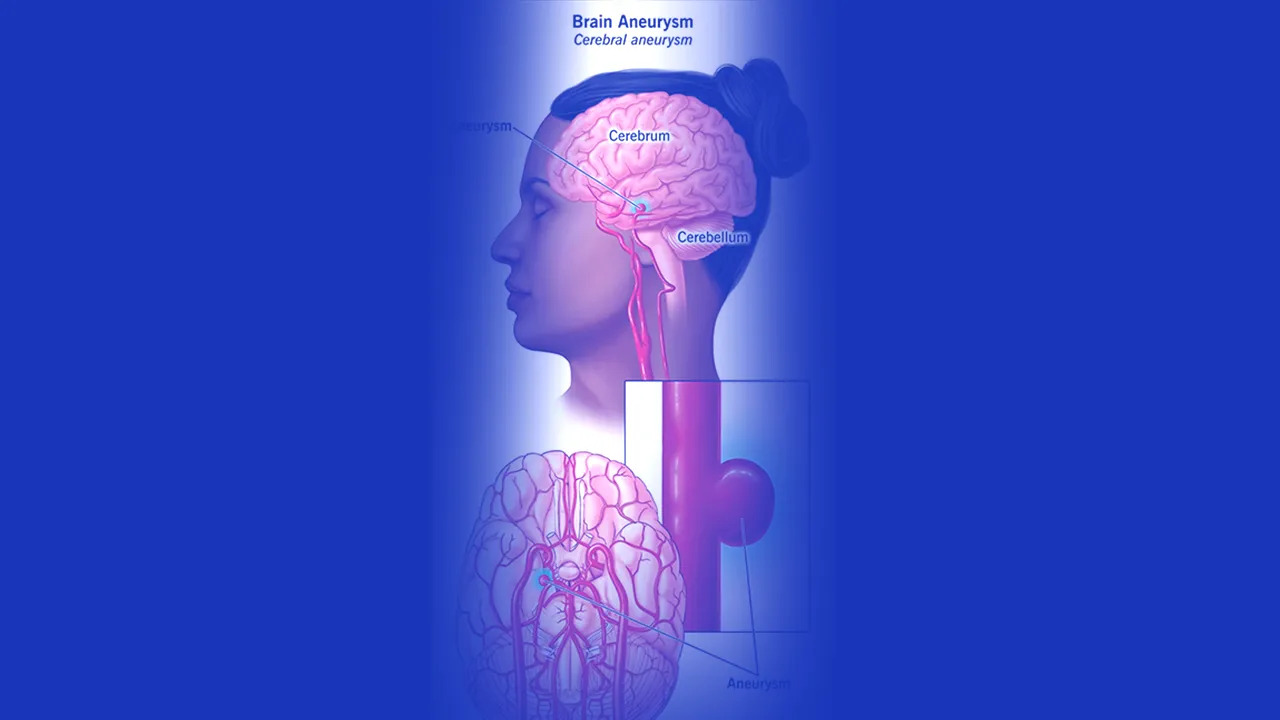
Saccular Aneurysms: Causes, Symptoms, Diagnosis, and Treatment
Introduction: Saccular aneurysms, also known as berry aneurysms, are a type of brain aneurysm that can be life-threatening if they rupture. Saccular aneurysms are balloon-like bulges that develop in the walls of blood vessels in the brain. They are called “saccular” because they have a small neck or base that connects them to the blood […]